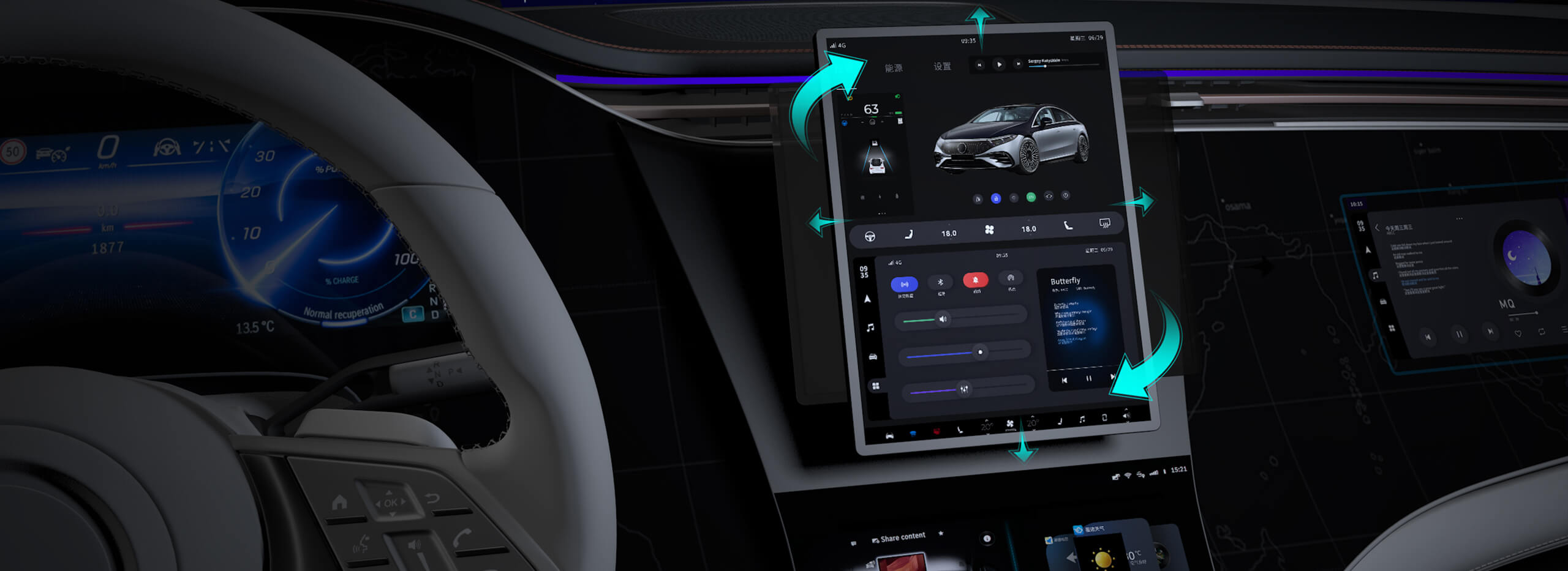In the bustling world of automation and robotics, few components have transformed the landscape quite like the servo motor paired with its drive system. Imagine a tiny powerhouse that combines finesse, power, and intelligent control—this is the essence of a servo motor with drive. It’s the silent hero behind the smooth movements of industrial robots, the precision of CNC machines, and the agility of autonomous vehicles.

The Rise of Precision in Motion Control
Picture a factory floor filled with machinery performing intricate tasks—assembling, welding, cutting—each requiring exactitude beyond human reach. At the core of this symphony of movement is the servo motor, a device designed to convert electrical energy into precise mechanical motion. Unlike regular motors, servo motors are built for accuracy, offering controllable rotation angles, speeds, and torque. The magic isn’t just in their construction, but in how they’re managed—by sophisticated drive systems.
The drive acts as the brain, orchestrating the servo’s movements based on signals from a control system. It sets the stage for performance that is not only accurate but also adaptable. Whether it's adjusting to different loads or responding to sudden changes, the combination of servo motor and drive promises a dynamic, responsive system.
What Makes a Servo Motor Stand Out?
Most basic motors spin at a constant speed when powered; they’re simple, predictable, but limited in finesse. Servo motors, on the other hand, are designed to receive feedback—usually via encoders or resolvers—that tell the drive system where the shaft is at every moment. This continuous feedback loop allows the system to make real-time adjustments, ensuring the motor’s position, velocity, and torque align perfectly with the desired commands.
This closed-loop control system is what defines the servo motor’s prowess. It’s akin to a seasoned painter who constantly adjusts their brush strokes based on the evolving canvas—fine-tuning the process to produce a masterpiece. To achieve such high precision, the servo motor’s design emphasizes responsiveness, low inertia, and high torque-to-inertia ratio, facilitating rapid accelerations and decelerations without losing accuracy.
The Drive System: The Unsung Hero of Control
A servo drive isn’t just an on-off switch; it’s a sophisticated controller designed to optimize performance, enhance efficiency, and protect the system. Think of it as a conductor guiding an orchestra—sensing, analyzing, and adjusting the power delivered to the motor. Modern drives incorporate advanced algorithms, such as Field-Oriented Control (FOC), to seamlessly manage the motor's magnetic fields and produce smooth, efficient motion.
Thanks to digital technology, these drives can be programmed with complex motion profiles—linear, sinusoidal, or even custom waveforms—empowering machines to perform complex tasks with finesse. They also feature overload protection, thermal management, and diagnostics, making sure systems operate safely and reliably under demanding industrial conditions.
Key Components that Make the Combo Work
Encoder or Resolver: Provides real-time feedback on brushless motors, enabling precise control. Power Supply: Delivers the electrical energy needed for dynamic performance. Control Circuitry: Interprets commands from PLCs or CNC controllers and translates them into motor actions. Cooling Systems: Manage heat generated during high-performance operation.
Why the Combination Matters
The real magic of the servo motor with drive system lies in its ability to adapt. For example, in robotics, rapid changes in an arm’s position demand instantaneous torque adjustments—something only an intelligent drive system can effectively deliver. The synergy ensures movement is not only accurate, but also smooth and energy-efficient, reducing wear and tear on components and prolonging system life.
In manufacturing, this translates to faster cycle times, higher product quality, and greater flexibility. The same principle applies in aerospace, medical devices, and even entertainment—any domain that demands finely tuned, reliable motion control.
Emerging Trends and Future Outlook
As industries evolve, so does the sophistication of servo motors and drives. The incorporation of AI and machine learning promises smarter systems capable of predictive maintenance and self-optimization. Wireless communication protocols, like EtherCAT and PROFINET, grant more flexible integration into complex automation networks.
Moreover, advances in magnetic materials and cooling technologies are pushing servo motors to higher performance thresholds, enabling lighter, smaller, yet more powerful solutions. As these innovations converge, the potential uses for servo motor with drive systems seem virtually limitless, driving us toward smarter, more adaptable automation landscapes.
Kpower has delivered professional drive system solutions to over 500 enterprise clients globally with products covering various fields such as Smart Home Systems, Automatic Electronics, Robotics, Precision Agriculture, Drones, and Industrial Automation.




































